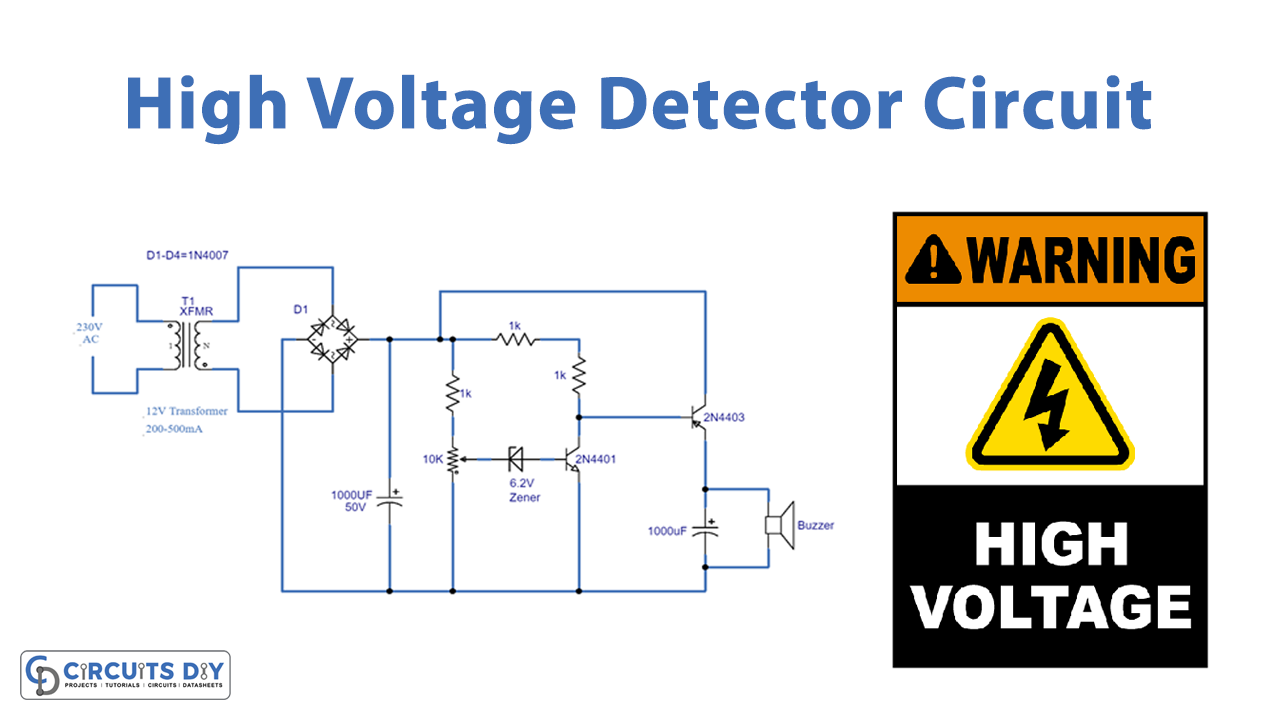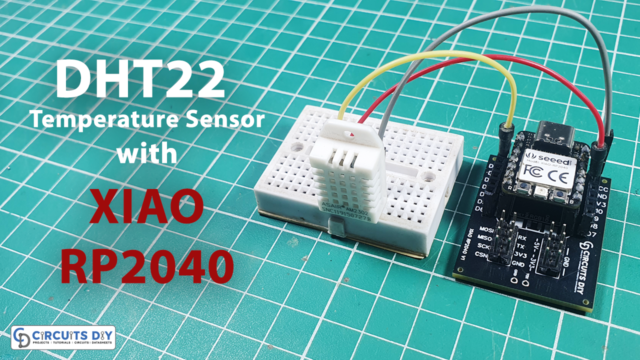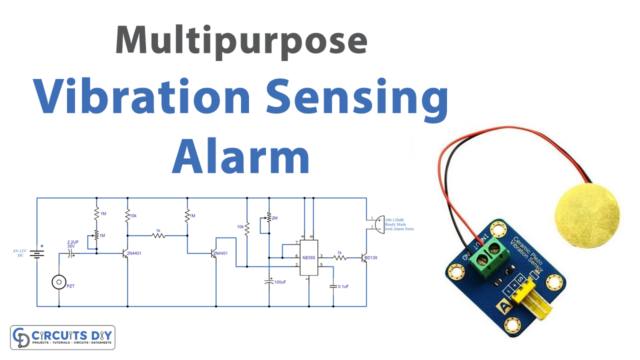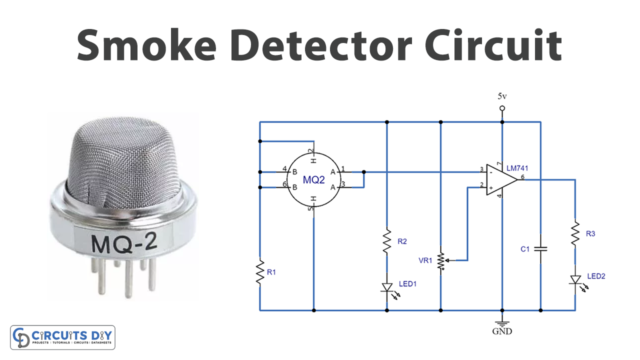In this tutorial, we are making a sudden high voltage detector alarm circuit. This circuit is used for indicating when the mains voltage rises suddenly or during high voltage spikes. These circuits are really useful and always come in handy during voltage spikes. Voltage spikes or a sudden rise in voltage can be a huge issue as they can damage your electronic devices and appliances. Every building or house needs such a device because there are electronic appliances everywhere, in your house, offices, educational institutes, etc. having a device like this can be very convenient.
This circuit does a great job by efficiently producing an alarm signal when the voltage rises suddenly so that you can secure your important electronic appliances by switching them off until the voltage goes back to being stable.
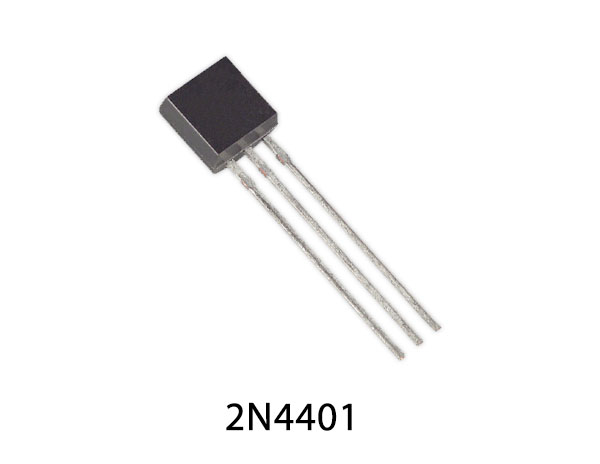
Hardware Components
The following components are required to make Voltage Detector Alarm Circuit
| S.no | Component | Value | Qty |
|---|---|---|---|
| 1. | Step down transformer | 230V–12V AC 200-500mA | 1 |
| 2. | Bridge rectifier Diode | 1N4007 | 4 |
| 3. | Resistor | 1KΩ | 3, 1 |
| 4. | Capacitor | 1000µF/50V, 1000µF | 1, 1 |
| 5. | Zener diode | 6.2V | 1 |
| 6. | Transistor | 2N4401 | 2 |
| 7. | Variable Resistor | 10KΩ | |
| 8. | Buzzer | – | 1 |
2N4401 Pinout

For a detailed description of pinout, dimension features, and specifications download the datasheet of 2N4401
Voltage Detector Alarm Circuit
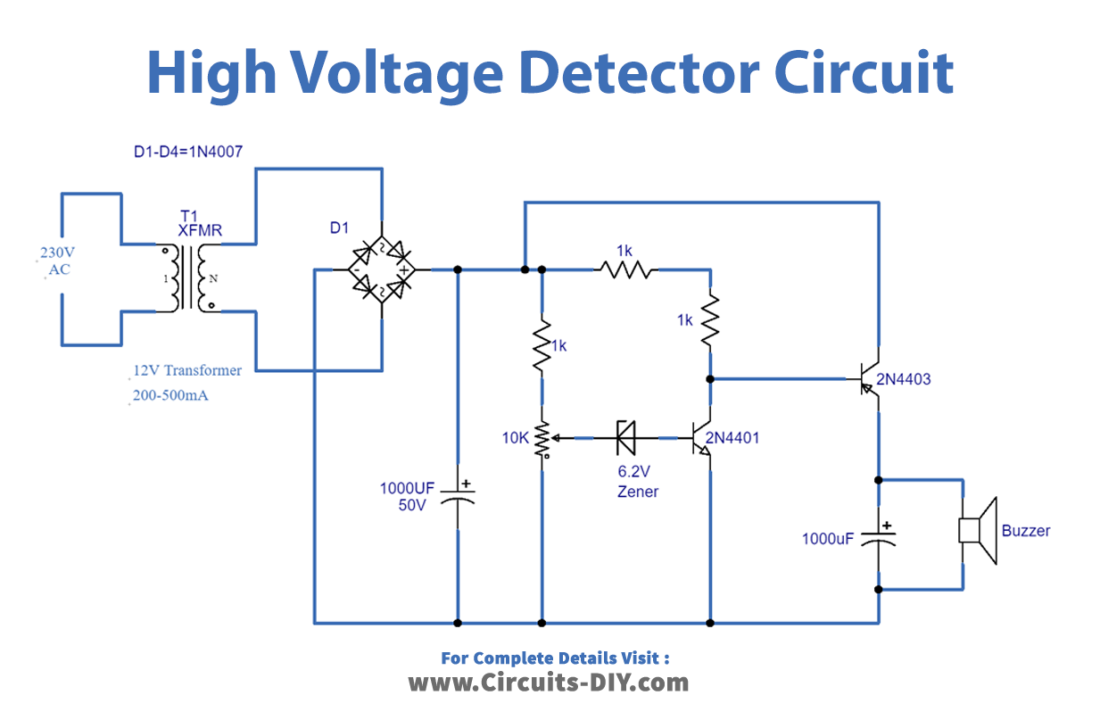
Working Explanation
This circuit is using a step-down transformer which will step down the mains voltage from 230 volts to 12 volts. Then this voltage is passed through a bridge rectifier D1 to D4 to convert it into DC voltage. Now this voltage is passed through a 1000uF 50V capacitor for filtration, this voltage will go into the high voltage alarm circuit now that is built around two transistors. A voltage detector circuit is built around transistors Q1 and Q2 that are working as a switch. So on receiving high voltage the buzzer will be activated. The output signal is further filtered for any noise through a capacitor before going to the buzzer. You can replace the transistor with any general-purpose transistor such as 2N3904, 2N2222, etc.


